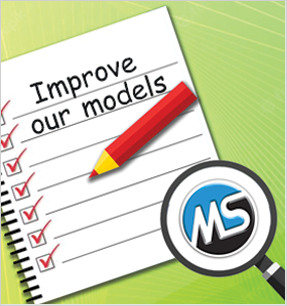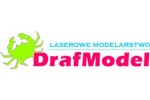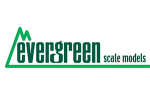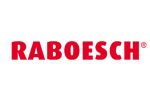The MS Models offer has been enriched with resin accessories that can be used for building paper models. These are 3D prints that, thanks to modern technology, can handle even the finest details. Working with resin parts is easy, but there are a few facts that a modeler should know.
What is 3D printing about?
The packaging of resin parts already shows that resin parts need to be handled with care. The "fragile" pictogram, along with the crossed-out sun symbol, makes clear the two biggest pitfalls of resin parts, which are closely related.
The input material for 3D printed parts is a liquid resin that is sensitive to light of a certain wavelength (405 nm in practice). The printing itself is therefore carried out by illuminating the individual layers of the printed object with a UV display whose light has the same 405 nm wavelength, thus partially curing the resin. The printed parts are soft and flexible and must undergo a post-processing step, which is a washing off of the excess resin and additional curing. The resulting part thus acquires optimal properties - it is strong and still retains some of its flexibility. However, this does not mean that the curing process is over. Since the 405 nm wavelength is also present in solar radiation, over time the solar radiation causes the model to cure further, which results in increased strength, but at the same time the elasticity disappears and the model becomes very fragile. It is therefore recommended to store the prints in the dark and, after application to the model, to paint it as soon as possible with a paint that eliminates the influence of sunlight and essentially stops the curing process. Another (negative) characteristic of resin is its deformation during curing/drying. These deformations can be observed especially in thin-walled parts.


How to work with them?
Working with parts is very simple. The part supports needed for printing are usually removed by the manufacturer, so the customer is handed already prepared parts. For parts that contain supports, they must be removed. This is best done done with a razor saw. If the part is sticky, it can be rinsed again - for example in isopropyl alcohol (IPA). For parts, a file or fine sandpaper can be used to smooth away any support residue, making the accessories ready for application on the model itself. The parts can be glued with any instant glue. Painting can be done with standard model paints. Before the actual painting it is advisable to apply a filler (surfacer), which unifies the surface and with its thicker consistency, it covers the 3D printing grid, which is not so noticeable with this technology, but is still noticeable at a closer look.
How to buy?
Finally, it would be useful to describe in a few words the system by which resin accessories are divided into individual products. For example, with model railroads, many parts are common regardless of the model. Therefore, it was decided to sell these parts separately (helix, air hoses, horns,...). The model-specific parts are then sold as a special set of accessories (but they do not include the aforementioned common accessories - these must be purchased separately). The advantage is that the modeler can choose which accessories he wants to buy for his model.

The complete list of all necessary accessories for a specific model can be found in the descriptions of the models on our e-shop (the resin detail set for a specific model will also mention which parts are not included and need to be purchased separately).










